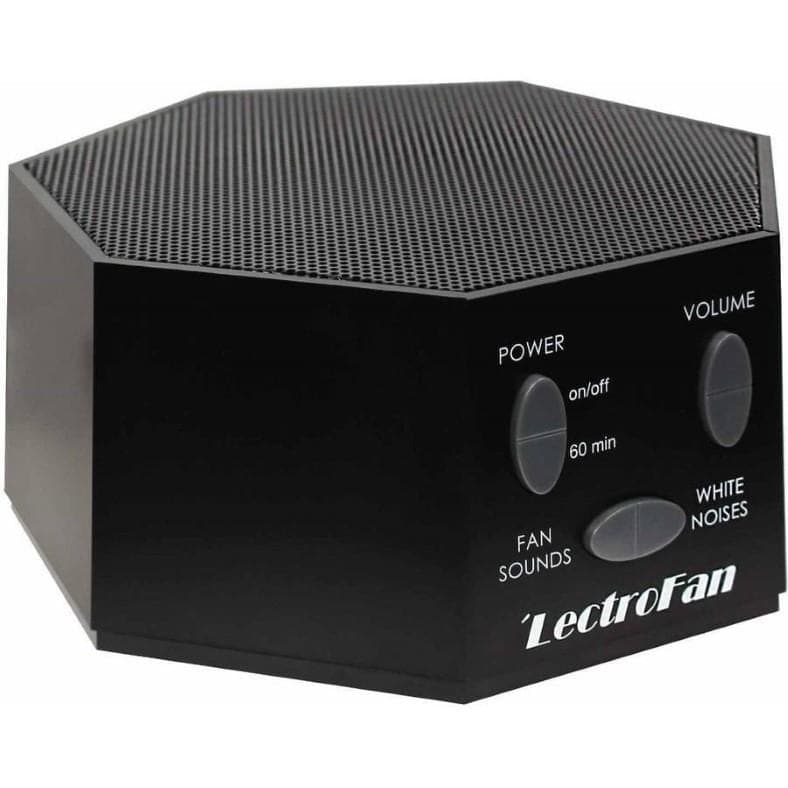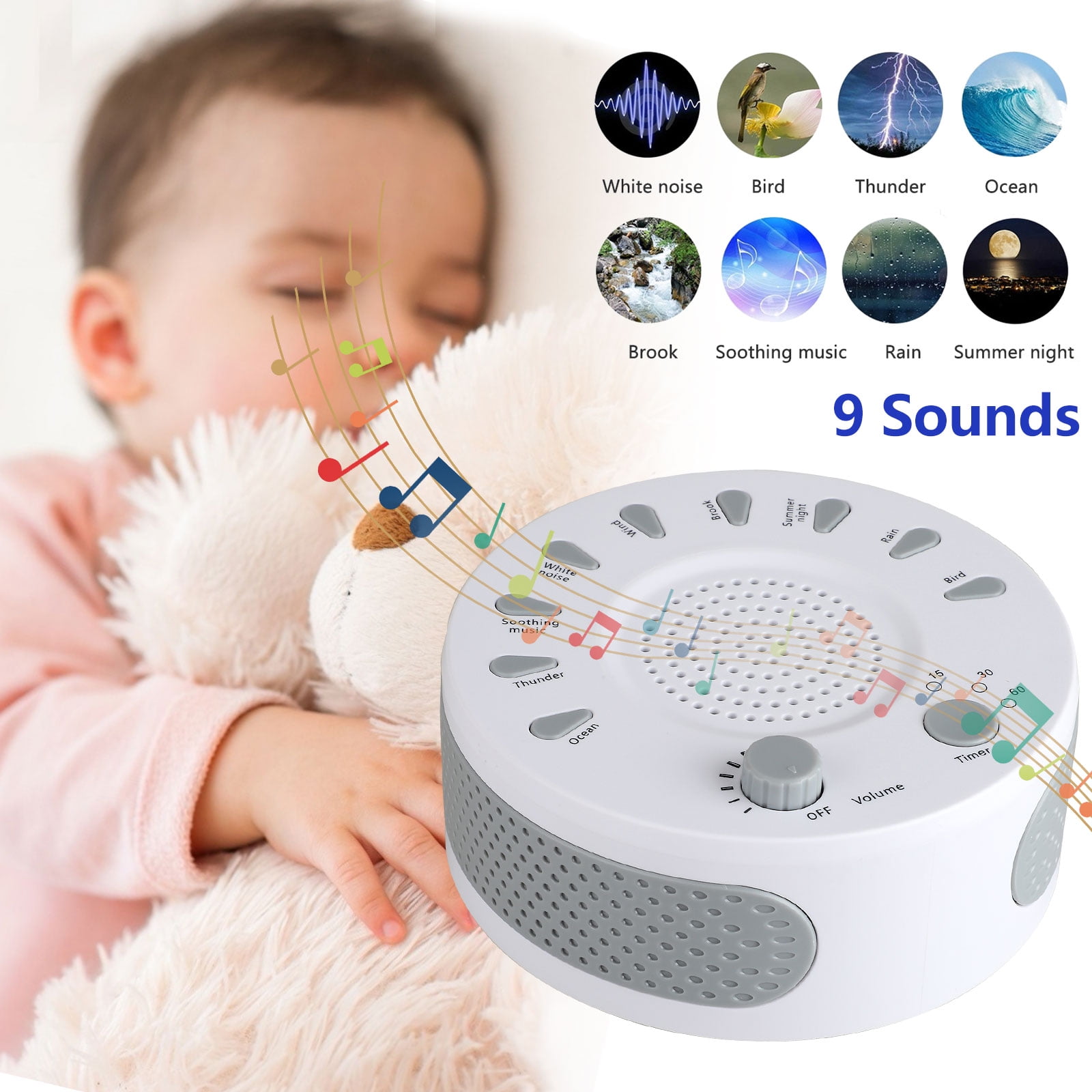


That last part about guiding our moods describes one of the most fascinating aspects of brain entrainment, or how our brains mirror the sounds around us. Music entrains our bodies – physically by activating the muscle-control centers of our brains that get us moving to the rhythm, and emotionally by guiding our moods into synchronicity with its own tone.” In Healing At The Speed Of Sound, authors Don Campbell and Alex Doman explain why:Īside from songbirds, humans are the only creatures that automatically feel the beat of a song, according to Nina Kraus, a professor of neurobiology at Northwestern University. Here’s the thing, though, your response isn’t necessarily due to your love (or lack thereof) of the Backstreet Boys. You bobbed your head at least a little, didn’t you? It’s okay, this is a safe place. No skipping ahead, okay? This guy has been covered by Harvard, Tufts University, CNN, the New York Times and more. Without analyzing things too much, click play and watch this video.

Now that we’ve got that out of the way, let’s dive in. We’ll dive into what you need to know about the different colors of noise – particularly white, pink, and brown – soon, but first I want remind you that none of these statements have been evaluated by the FDA, this article is not medical advice, and it is not meant to diagnose or treat any condition. Fortunately, with one simple tweak you can get all the benefits of white noise without the downsides, and in this article I’ll explain how. In fact, it may actually make you feel more stressed over time, even if you don’t realize it’s causing an issue. White noise isn’t all shooting stars and moonbeams, though. And that’s a good thing, because getting deep sleep makes us smarter, happier, more productive, more creative, and even keeps us looking younger. If you’ve ever turned on a white noise machine to drown out the sound of barking dogs, loud neighbors, or other disruptive sounds, you know how helpful they can be for falling (and staying) asleep.


 0 kommentar(er)
0 kommentar(er)
